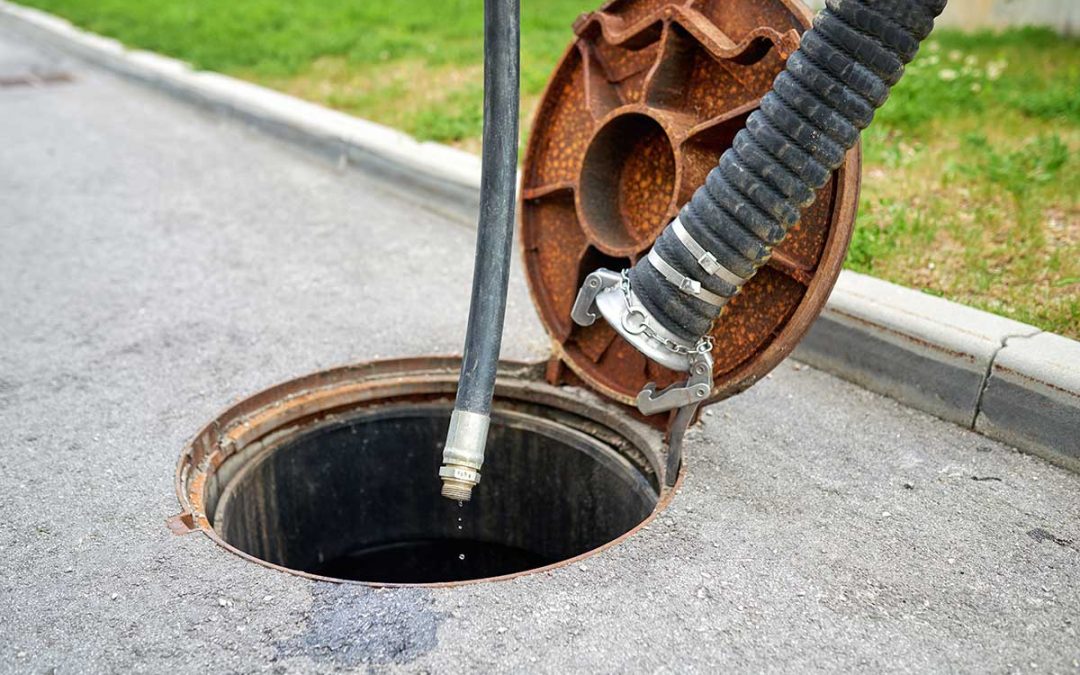On Monday, Assistant to the Secretary for Rural Development Anne Hazlett announced a historic commitment by the U.S. Department of Agriculture to upgrade and rebuild rural water infrastructure.
“USDA is committed to being a strong partner to rural communities in building their futures,” Hazlett said. “All people – regardless of their zip code – need modern, reliable infrastructure to thrive, and we have found that when we address this need, many other challenges in rural places become much more manageable.”
Eligible rural communities and water districts can apply online for funding to maintain, modernize or build water and wastewater systems. They can visit the interactive RD Apply tool, or they can apply through one of USDA Rural Development’s state or field offices.
USDA is providing the funding through the Water and Waste Disposal Loan and Grant program. It can be used to finance drinking water, stormwater drainage and waste disposal systems for rural communities with 10,000 or fewer residents.
“These announcements bring our total investment in Michigan water and sewer infrastructure up to $43 million in this month alone,” said USDA Rural Development State Director for Michigan Jason Allen. “With billions of dollars still available, it’s essential that rural communities contact us to help improve the quality of their drinking water and improve safeguards for the environment.”
Michigan received $29,914,000 in loans and grants for five communities:
• The Village of Elberta, in Benzie County, is receiving a $35,000 loan to continue upgrades on their water system. This includes the installation of a supervisory control and data acquisition system, demolishing a 60,000-gallon storage tank and expanding a 150,000-gallon storage tank. Also, a short run of water main will be installed to improve reliability and increase available fire flow. There are 199 residential and 32 commercial users.
• The City of Ludington, in Mason County, is receiving a $17 million loan for upgrades and expansions to aeration, filtration and storage systems at their wastewater treatment facility. Other equipment will be replaced, including pumps, blowers, valves, pipes, and motor control centers. The project will serve 5,087 residential and 1,051 commercial users. It was leveraged with an $847,860 state grant.
• The City of Munising, in Alger County, is receiving a $4.65 million loan to improve the city’s water system. Sections of the water main under State Route M-28 are more than 100 years old. Munising has four wells for water supply and three ground storage tanks with 600,000 gallons of storage and a 200,000-gallon elevated storage tank that serves the industrial park. Munising serves 830 residential and 200 other customers.
• The City of Manistee, in Manistee County, will receive $4.4 million to improve the wastewater system. The sewer system was built in the 1890s-1920s with many extensions and improvements along the way. In the past 30 years, the city has invested nearly $40 million to eliminate raw sewage discharges to the Manistee River. It has closed 18 combined sewer overflows to date. The largest problem facing the sewer system is infiltration and inflow. The proposed project will consist of replacing deficient sewer main with cured in-place pipe lining in three flow districts. The city also will disconnect improper sewer services, make spot repairs and rehabilitate manholes. Manistee is in violation of several environmental standards due to the ongoing discharge of untreated sewage into the Manistee River. The system serves 2,972 residential and 462 commercial customers.
• The City of Houghton, in Houghton County, will receive a total of $2.25 million in loans and $1.5 million in grants for improvements to the water and sewer systems which date to the early 1900s. The water system has exceeded its useful life and is plagued with multiple leaks, recurring maintenance issues and is in violation of the Michigan Safe Drinking Act. The sewer system is comprised mainly of clay and other types of pipe, depending on when improvements were done. Old structures and deteriorating clay and truss pipes continue to cause high maintenance costs and allow infiltration and inflow of groundwater. The combined systems serve 1,238 residential and 391 commercial customers.
In FY 2018, Congress provided a historic level of funding for water and wastewater infrastructure. The 2018 Omnibus spending bill includes $5.2 billion for USDA loans and grants, up from $1.2 billion in FY 2017. The bill also directs Agriculture Secretary Sonny Perdue to make investments in rural communities with the greatest infrastructure needs.
In April 2017, President Donald J. Trump established the Interagency Task Force on Agriculture and Rural Prosperity to identify legislative, regulatory and policy changes that could promote agriculture and prosperity in rural communities. In January 2018, Secretary Perdue presented the Task Force’s findings to President Trump. These findings included 31 recommendations to align the federal government with state, local and tribal governments to take advantage of opportunities that exist in rural America. Increasing investments in rural infrastructure is a key recommendation of the task force.
To view the report in its entirety, please view the Report to the President of the United States from the Task Force on Agriculture and Rural Prosperity. In addition, to view the categories of the recommendations, please view the Rural Prosperity infographics in the Related Links section of this article.
USDA Rural Development provides loans and grants to help expand economic opportunities and create jobs in rural areas. This assistance supports infrastructure improvements; business development; housing; community services such as schools, public safety and health care; and high-speed internet access in rural areas. For more information, visit www.rd.usda.gov.
READ MORE AT: http://bit.ly/2Ke1UbA

